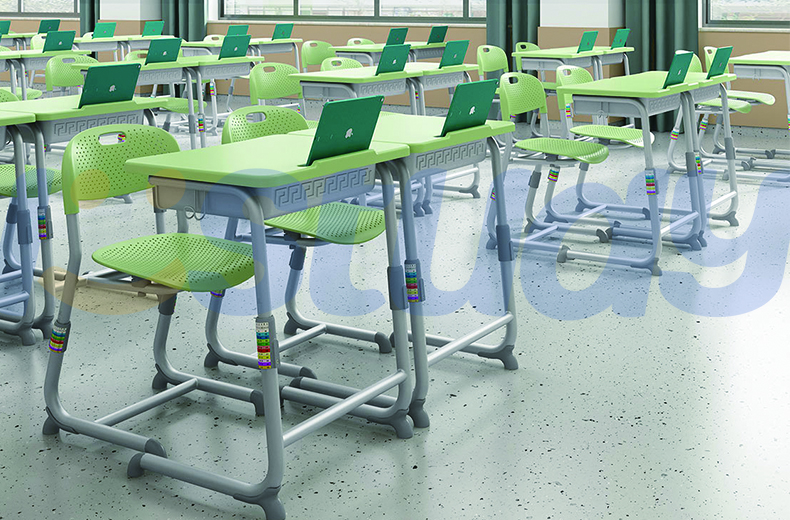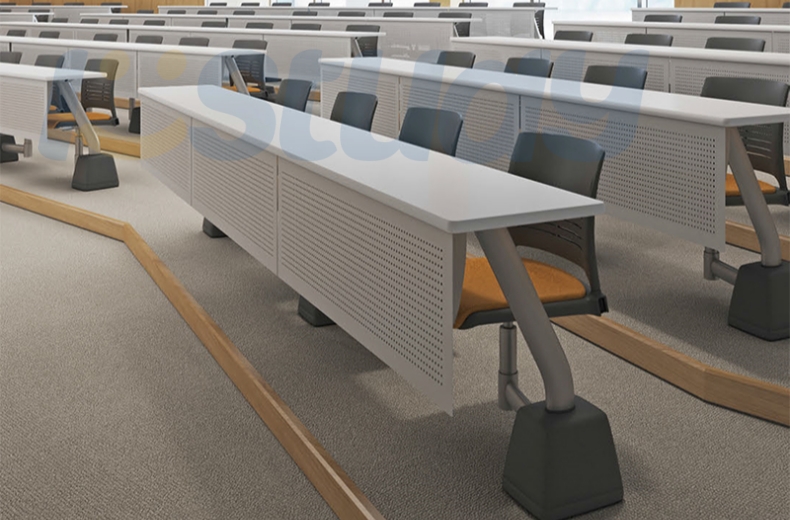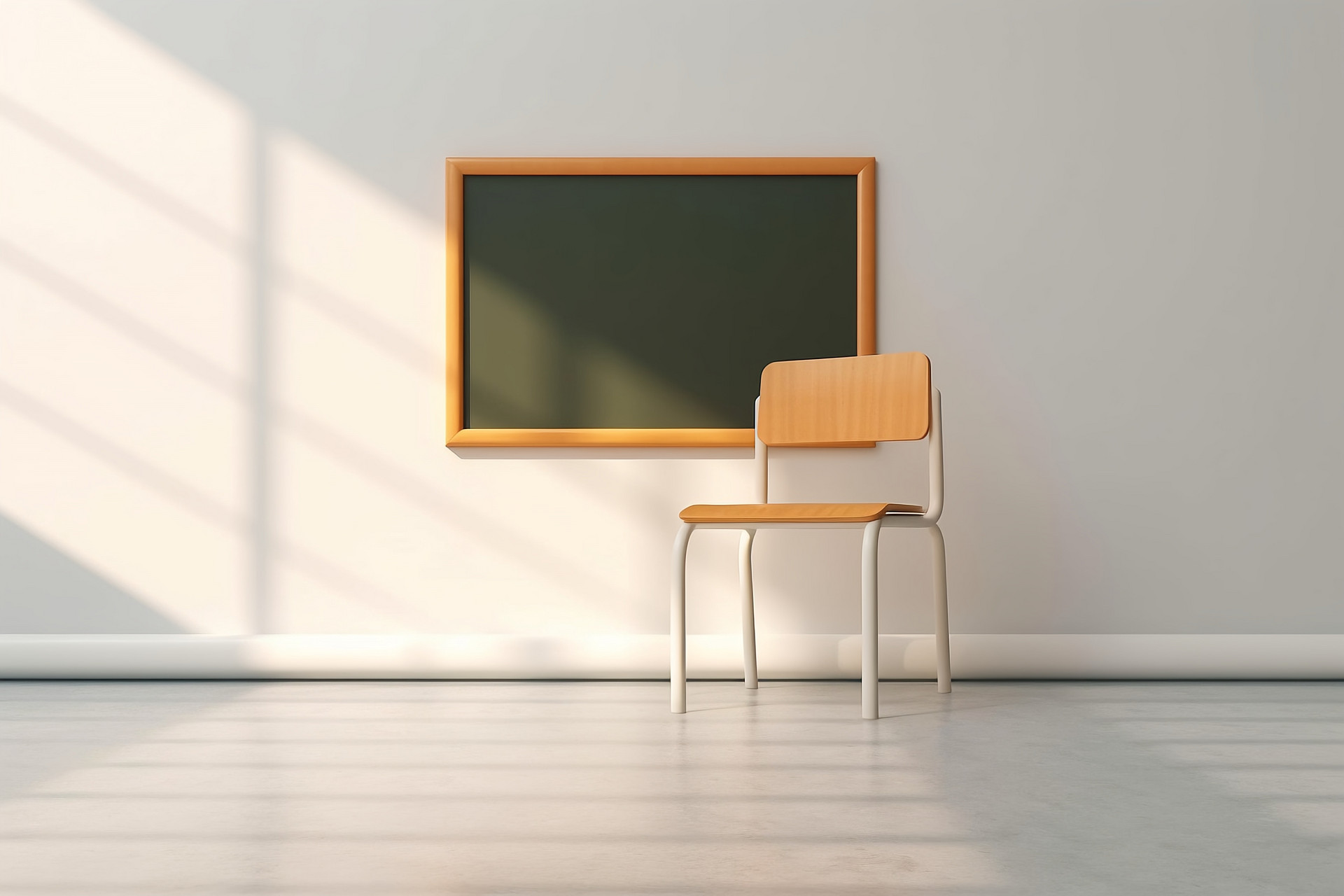With children spending a significant portion of their day seated at desks and tables, ensuring the safety and durability of school furniture is essential to preventing accidents and promoting a conducive learning atmosphere. A comprehensive examination of safety standards for school furniture in the United States reveals a complex landscape shaped by a combination of federal regulations, industry standards, and voluntary guidelines.
One key reference point for school furniture safety in the United States is the Consumer Product Safety Commission (CPSC), which sets general safety requirements for consumer products, including furniture. While CPSC regulations do not specifically target school furniture, they establish guidelines for aspects such as stability, structural integrity, and the use of hazardous materials, which indirectly impact the safety of school furniture.

Additionally, industry organizations such as ASTM International and ANSI/BIFMA develop voluntary standards and guidelines for school furniture safety. These standards cover various aspects of furniture design, construction, and performance, including stability, durability, and ergonomic considerations. While compliance with these standards is voluntary, many manufacturers choose to adhere to them to ensure the safety and quality of their products.
Despite the existence of regulatory frameworks and industry standards, challenges persist in ensuring widespread compliance and awareness of safety guidelines in the American school furniture market. Variations may exist between states and school districts in terms of awareness and enforcement of safety standards, leading to disparities in the quality and safety of school furniture across the country.

The rapid pace of innovation in furniture design introduces new challenges in maintaining safety standards. Modern furniture solutions, such as adjustable desks and seating options, require thorough testing and certification to ensure they meet established safety criteria and do not pose risks to students' well-being.
While efforts are underway to promote safety compliance in American school furniture, stakeholders must work collaboratively to address existing gaps and improve standards enforcement. Educators, policymakers, manufacturers, and safety experts must prioritize safety considerations in school furniture procurement, usage, and maintenance to create safer learning environments for students.

